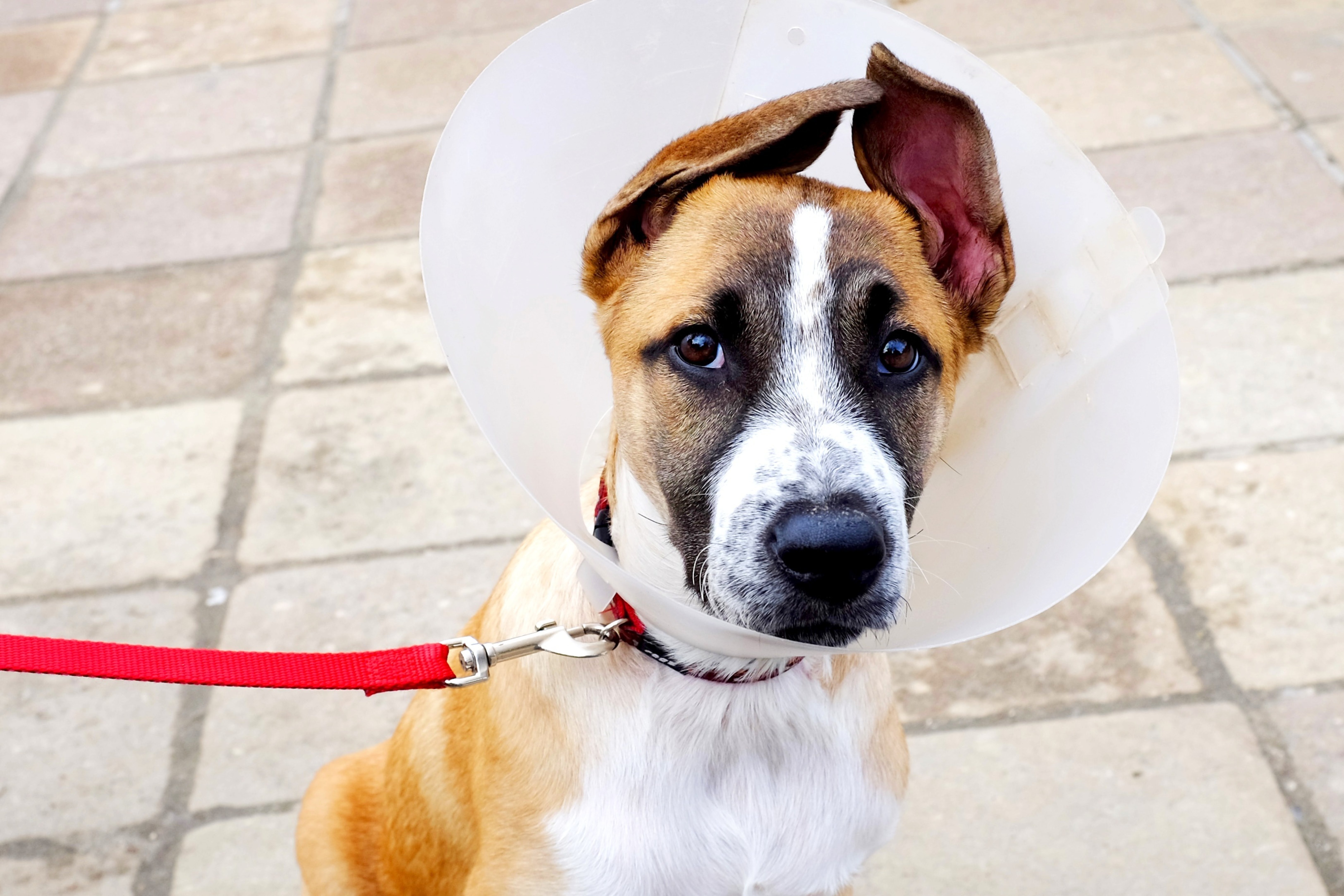
When you get your new pup or kitten, you may expect them to produce a litter one day. Considering the responsibility involved with that can easily overwhelm you. It might occur to you then that if you want another pet, you can easily visit a breeder or an animal shelter for one. This should take care of the burden of breeding your pet.
According to the American Pet Products Association, over 70% of all pet households have spayed or neutered their canines. One of the main reasons these organizations encourage people to spay or neuter is overpopulation. Many shelters around the country are almost at capacity.
What Is Spaying?
Spaying is a simple term veterinarians use to describe removing the ovaries and the uterus of a female dog or cat. The clinical term for the procedure is ovariohysterectomy. Some vets now perform an ovariectomy—only removing the ovaries. The main aim is to make the animal sterile.
What Is Neutering?
Neutering or castration is a procedure where a vet removes the testicles of a male cat or dog. Like spaying, the procedure is meant to make the animal sterile and help stop reproduction.
When Should You Spay or Neuter Your Pet?
A few decades ago, vets would recommend the procedure while your pet was still young—between four to six months. Recent research has shown that this may not be good for your pet.
Researchers found that dogs and cats spayed or neutered this early developed other issues. Early sterilization was linked to joint disorders like cranial cruciate rupture or tears and elbow or hip dysplasia. It was also proven that it led to the pets developing cancers like lymphoma, osteosarcoma, mast cell tumor, and hemangiosarcoma.
So, when should you spay or neuter?
Cats
According to scientists, the ideal time to spay or neuter a kitten is when they are five months. At this age, your cat should be just about to experience their first heat cycle, or they already have. Also, kittens bounce back quickly after the surgery at this age.
Dogs
Dogs are much more complicated than cats due to their significantly varying sizes and rates of growth. Big dogs tend to mature slower than their younger counterparts. If your dog is a small breed that weighs less than 45 pounds as a full-grown adult, you can spay or neuter at six months.
Large dogs—ones weighing over 45 pounds at adult age—should be neutered when they stop growing. That should be at about nine to fifteen months. Spaying a large dog, however, is also more complex. Your vet will assess your dog’s disease risk and lifestyle before sterilizing it. The spaying age, though, usually ranges between five and fifteen months.
Benefits of Spying or Neutering
Healthier longer lives
Prevention of cancers associated with reproductive organs
Your pet will not go into heat
Your pets will rarely roam away from home
Your pet may be better behaved
For more on the age your pet should get spayed or neutered, visit Liberty Animal Clinic at our office in Hinesville, Georgia. Call (912) 368-4080 to book an appointment today.






